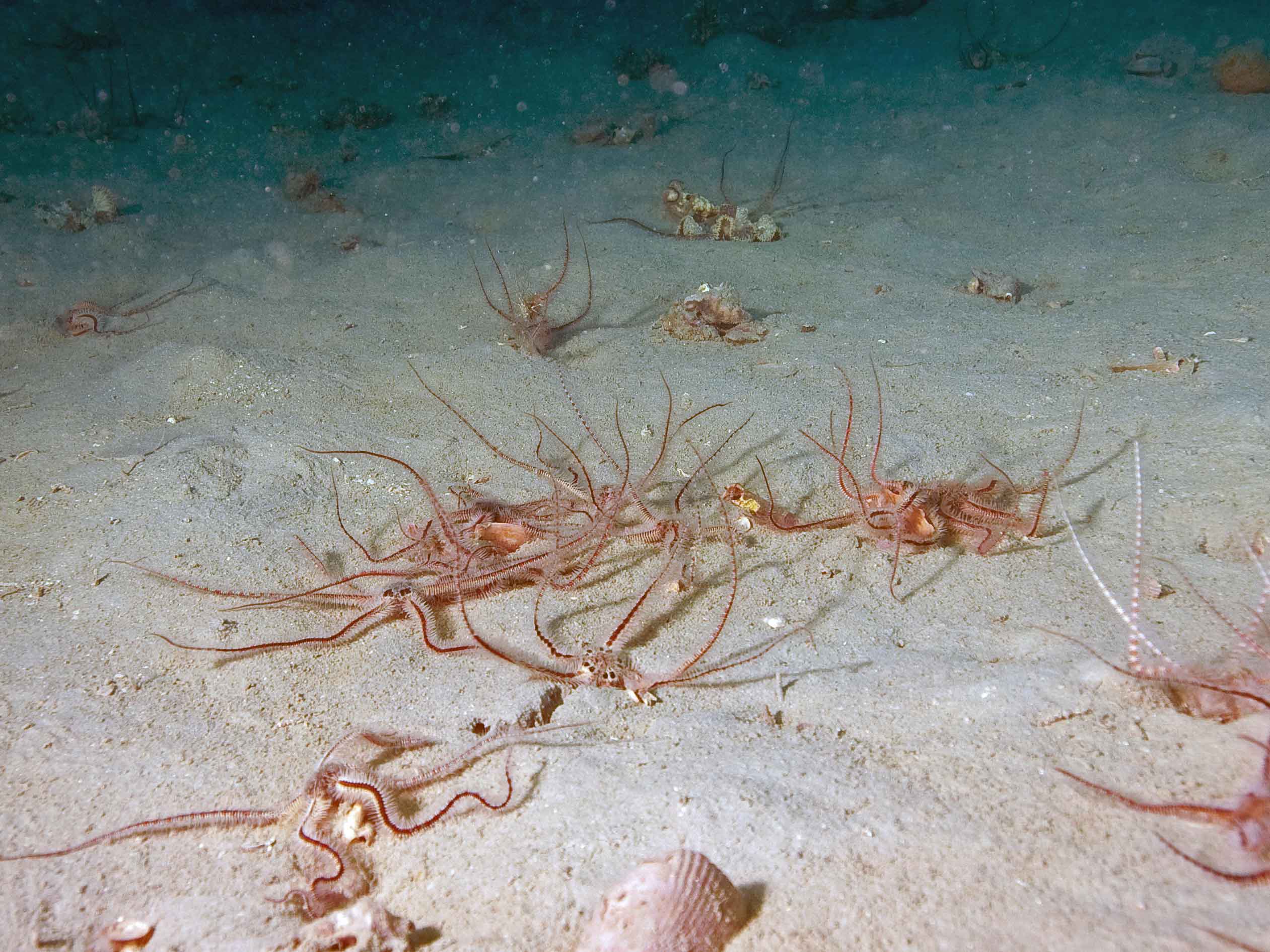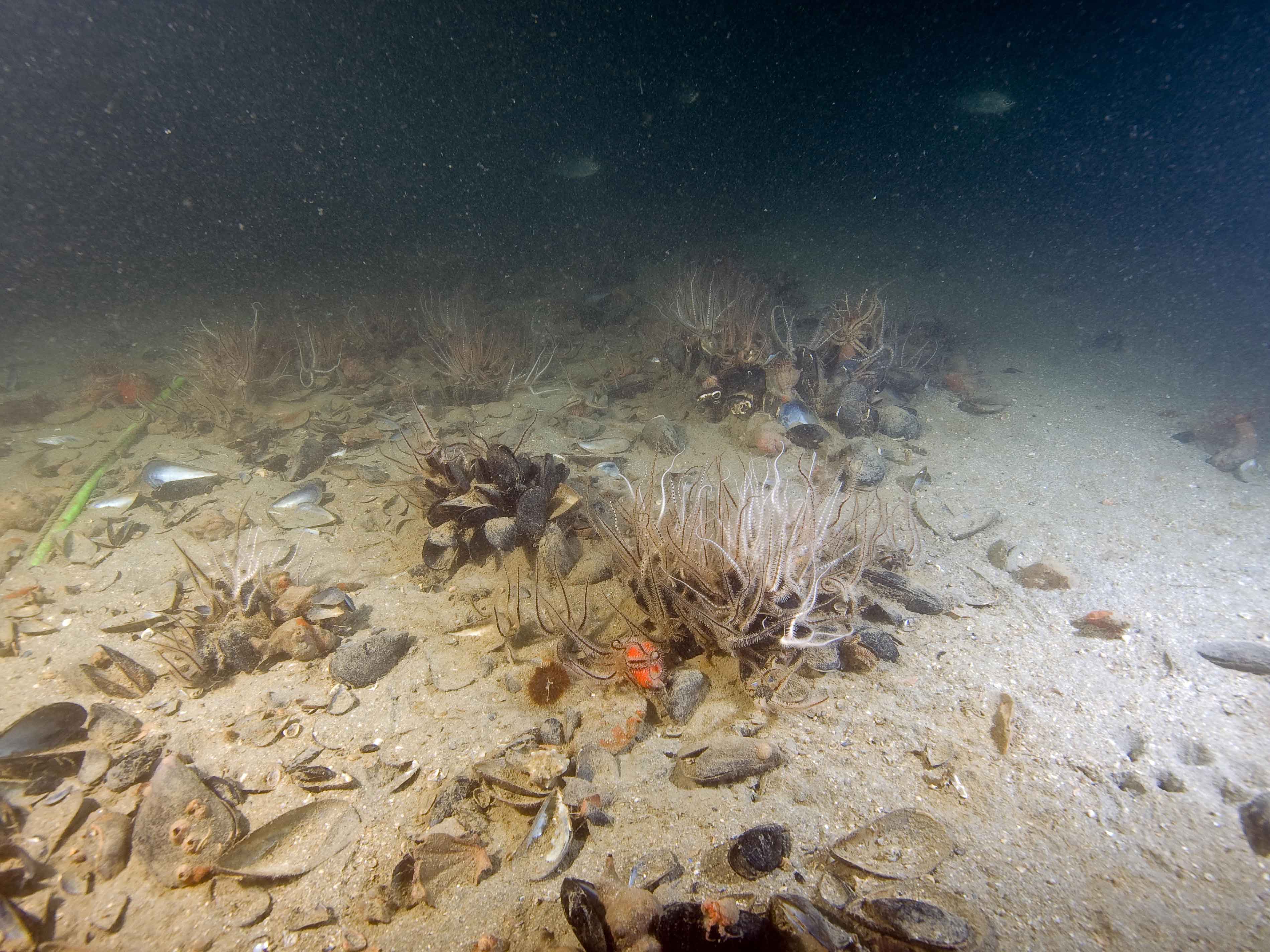14
Dec
Pollution in marine sediments: how to improve data quality
Pollution in marine sediments: how to improve data quality
NIB, together with the Italian and European institutions, including OGS, ISPRA and HCMR, participated in a study on the Eastern Mediterranean that proposes a method to improve the quality control of data on pollutants
Homogeneity and coherence: these are the fundamental characteristics that environmental data must have in order to be widely used. Access to high quality data on contaminants in marine sediments is therefore fundamental for the assessment and adoption of appropriate environmental management measures. This is the focus of the new study recently published in the Marine Pollution Bulletin by the National Institute of Oceanography and Applied Geophysics - OGS. It involved the Higher Institute for Environmental Protection and Research - ISPRA, the National Institute of Biology - NIB in Piran (Slovenia), the Hellenic Centre for Marine Research - Institute of Oceanography - HCMR in Athens and other Croatian, Greek and French research institutes.
Based on literature reviews and comparisons with data sets, the research group defined a methodology to improve data quality control procedures. In particular, it focused on the eastern Mediterranean, one of the world's most heavily trafficked seas with a densely populated and industrialised coastal region, and on two types of pollutants: trace metals, which can be of mineralogical origin due to soil erosion or of anthropogenic origin due to discharges of mining effluents and urban and industrial activities at sea and on land, and polycyclic aromatic hydrocarbons (PAHs), which occur naturally in marine sediments but also come from hydrocarbon spills during shipping and after accidents.
The datasets used are from the HarmoNIA project (Harmonisation and Networking for the Assessment of Pollutants in the Ionian and Adriatic Seas), funded by the INTERREG VB-ADRION programme (2018-2020) and coordinated by the National Institute of Oceanography and Applied Geophysics - OGS, with 10 project partners and 3 ministries and one municipality as associated partners.
They are project partners: for Italy - OGS (coordinator) and ISPRA, for Slovenia - National Institute of Biology - NIB and Slovenian Environmental Agency - ARSO, for Croatia - Institute of Oceanography and Fisheries - IOF and Ruder Boskovic Institute - IRB, for Montenegro - University of Montenegro, for Albania - Agricultural University of Tirana (AUT), for Greece - Hellenic Centre for Marine Research - Institute of Oceanography (HCMR) and Region of Western Greece (RWG).
The project was a prime example of synergy between different European programmes and cooperation between countries to improve consistent and harmonised assessment of marine pollution assessment.
Links:
Full paper: https://doi.org/10.1016/j.marpolbul.2022.114181
Project HarmoNIA: https://harmonia.adrioninterreg.eu/

Photo: T. Makovec, NIB










